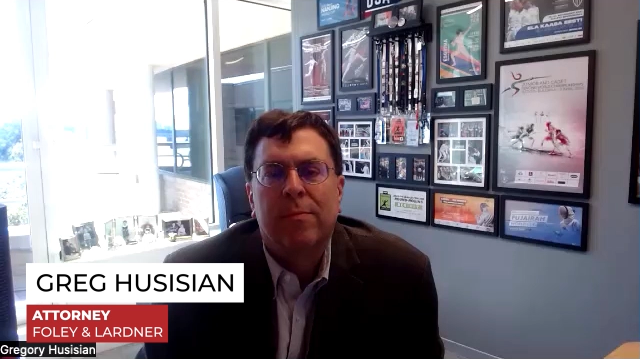
Greg Husisian, a trade attorney with Foley & Lardner, predicts how the U.S. Supreme Court will rule on the legality of President Trump’s tariffs.
In imposing virtually across-the-board tariffs on U.S. trading partners, Trump has mostly invoked the International Emergency Economic Powers Act, or IEEPA. But opponents argue that the law doesn’t give him that authority — and indeed, makes no mention of tariffs as a remedy for responding to economic “emergencies.”
The Court has agreed to take up the case this fall, and Husisian predicts it will end up with at least six or seven of the nine justices voting against Trump’s expansive use of IEEPA — and possibly rendering even a unanimous judgment to that effect.
While unanimity has been an extremely rare occurrence within the current Court, Husisian says both the liberal and traditionally conservative judges aren’t likely to be sympathetic to Trump’s arguments. Even justices Thomas and Alito might find the president’s actions on tariffs “difficult to stomach” from a strict constructionist standpoint. All of which suggests “tough sledding for the President’s international trade team at the Supreme Court,” he says.
Husisian acknowledges that the Court has issued a number of rulings in recent months that are favorable to the President, but most of those were made under the “shadow docket” and presented as emergency rulings on narrow legal questions. The tariff issue, by contrast, has been litigated through multiple courts with conflicting rulings, and a more formal review is therefore required.
Should Trump lose on the IEEPA issue, he could well pivot and cite other statutes as the basis for his volley of tariffs, including sections 301, 232 and 338 of the Trade Act of 1974. Any of those would require Congress to expressly grant the President the right to impose tariffs, as opposed to his exercising implied power. “It’s one-hundred-percent guaranteed that [Trump’s trade team] has plotted out steps if the Supreme Court rules against them,” Husisian says.